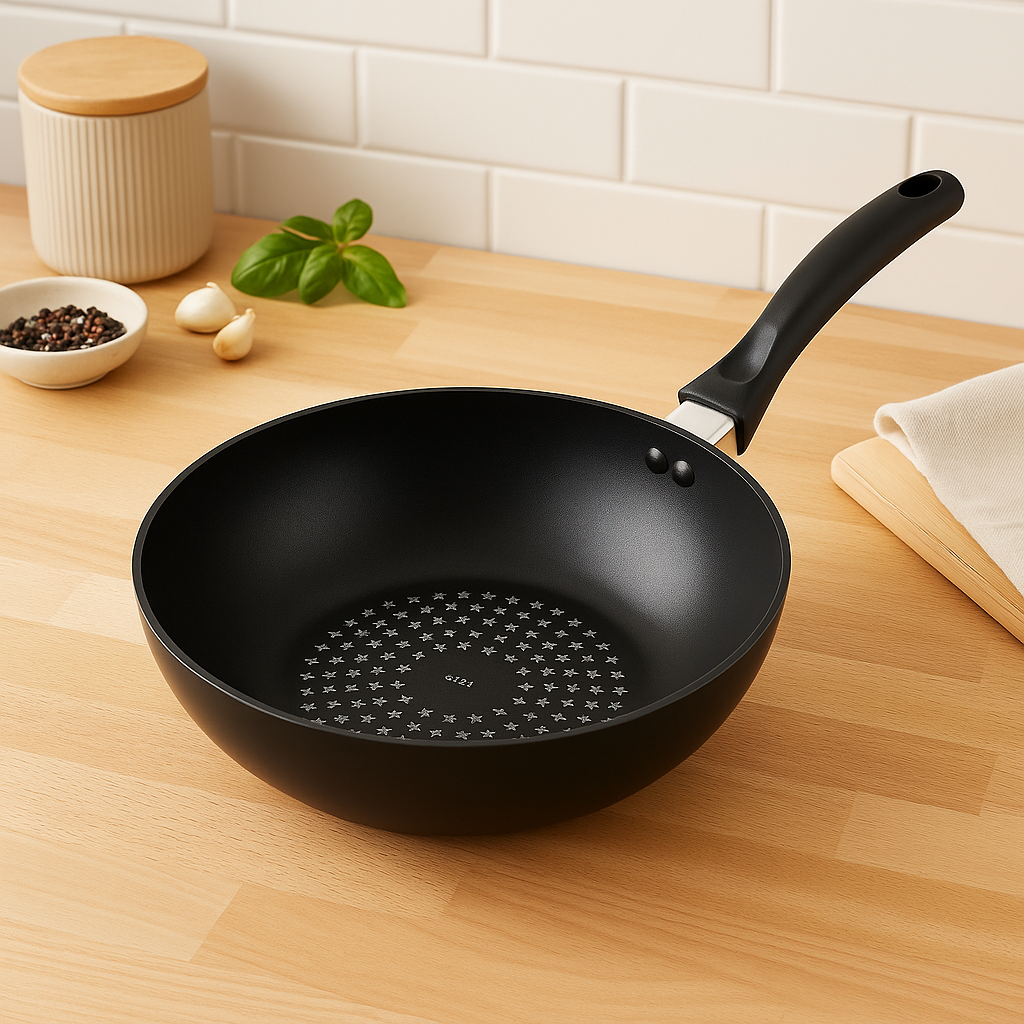Comparing Commercial Aluminum Cookware with Stainless Steel Alternatives
May 15, 2025
When it comes to outfitting a commercial kitchen, choosing the right cookware is essential. Performance, durability, and cost-effectiveness are all critical considerations. Two of popular materials used in professional kitchens are aluminum and stainless steel. Both have their advantages, but understanding the key differences can help kitchen managers and chefs select suitable option.
Commercial Aluminum Cookware is widely used in restaurants, catering services, and institutional kitchens for one primary reason: outstanding thermal conductivity. Aluminum heats quickly and evenly, reducing the chances of hot spots that can scorch food. This is especially important in high-paced commercial settings where consistency and speed are critical. Whether you're searing meats, sauteing vegetables, or simmering sauces, Commercial Aluminum Pans provide an even cooking surface that helps chefs maintain control over their dishes.
Another advantage of Commercial Aluminum Cookware is its affordability. Compared to stainless steel, aluminum is much cheaper to produce. This makes it easier for kitchens to buy in bulk without sacrificing performance. For example, a Commercial Aluminum Pot used for boiling pasta or making large batches of soup can cost significantly less than a stainless steel counterpart, while still offering reliable service.

It's important to recognize that Commercial Aluminum Cookware comes with some limitations. Aluminum is a softer metal, which means it can scratch and dent more easily than stainless steel. In busy commercial kitchens, where pots and pans endure daily heavy use, this may cause quicker wear and tear. Additionally, unless anodized or coated, aluminum can react with acidic foods such as tomatoes or citrus, potentially affecting the flavor and appearance of the dish.
Despite these drawbacks, many chefs prefer Commercial Aluminum Pans for their light weight. In a high-volume kitchen, lifting heavy cookware repeatedly can become physically taxing. The lightweight design of Commercial Aluminum Cookware reduces fatigue and enhances maneuverability, especially during long shifts.
Let's examine stainless steel alternatives. Stainless steel cookware is praised for its durability and non-reactive surface. A stainless steel pot can handle acidic ingredients without leaching flavors or altering the food's color. It's also highly resistant to rust, stains, and corrosion, making it a long-lasting investment.
Where stainless steel falls short is in heat conductivity. Unlike aluminum, stainless steel does not conduct heat efficiently on its own. To address this, many manufacturers bond stainless steel cookware with an aluminum or copper core to improve heat distribution. While this improves performance, it also raises the price point, making stainless steel cookware more expensive overall.
A direct comparison between a Commercial Aluminum Pot and a stainless steel pot shows clear contrasts. The aluminum version heats up faster and responds more quickly to temperature adjustments, which is ideal for delicate preparations. On the other hand, the stainless steel pot offers a sturdier, longer-lasting structure that resists warping and retains a polished appearance over time.
When it comes to Commercial Aluminum Pans, their ease of use and rapid heat-up make them a staple for short-order cooking and saute stations. Stainless steel pans are better suited for tasks requiring deglazing or creating pan sauces, where the non-reactive surface is crucial.
Another consideration is maintenance. Commercial Aluminum Cookware often requires hand washing to preserve its surface, especially if it's not anodized. In contrast, stainless steel cookware is dishwasher-safe and easier to maintain in terms of aesthetics.
Choosing between Commercial Aluminum Cookware and stainless steel depends on the kitchen's specific needs. For speed, efficiency, and budget-conscious operations, Commercial Aluminum Pans and the Commercial Aluminum Pot are outstanding choices. Their heat responsiveness and lower cost make them indispensable in many food service environments. However, for durability, versatility, and premium cooking results, stainless steel is hard to beat.
Both materials have their place in a well-equipped kitchen. Many commercial kitchens find a balance by using Commercial Aluminum Cookware for high-volume, fast-paced tasks and reserving stainless steel for more delicate or specialized cooking.
 English
English русский
русский Français
Français Español
Español Português
Português عربى
عربى














